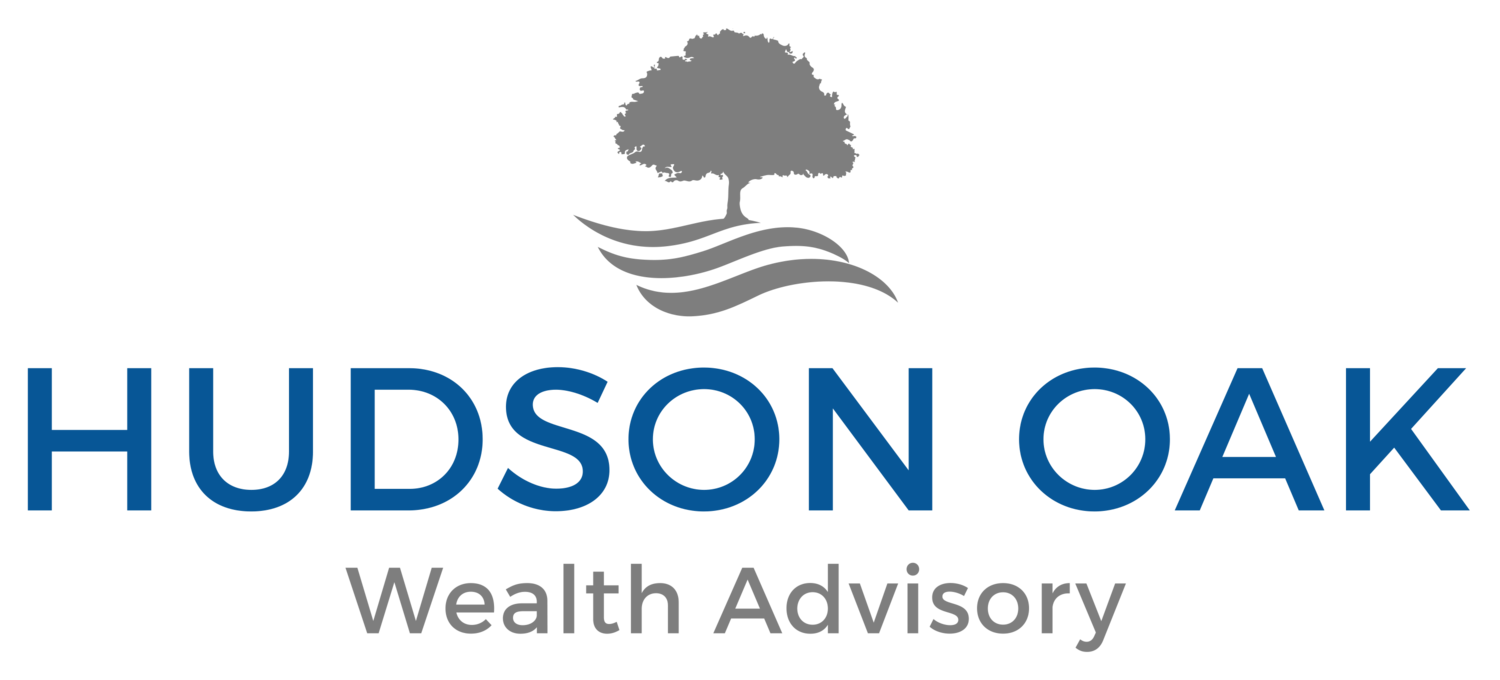Important 2020 Retirement Plan Limits to Know
Each Fall the IRS releases Cost-Of-Living Adjustments to common retirement plan limits for the upcoming year. Earlier today the IRS released Notice 2019-59 which established the dollar-limitations for retirement plans for the upcoming 2020 tax year. Section 415 of the Internal Revenue Code (IRC) establishes the dollar-limitations and a subsection within permits the annual adjustments to these limitations based on inflation.
Below is a brief summary of the updates for 2020 for a variety of plans. Starting January 1, 2021:
The annual benefit limitation for a defined benefit plan will be $230,000, up from $225,000.
The annual benefit limitation for a defined contribution plan will be $57,000, up from $56,000 in 2019.
Allowable elective deferrals into a plan will be increased by $500 to $19,500. For employees eligible for catch-up contributions, an extra $6,500 may be contributed in 2020 - a $500 increase from 2019.
The annual compensation limit will now be $285,000, up from $280,000 in 2019.
SIMPLE retirement accounts are increased to $13,500 - a $500 increase.
The deductible amount for contributions by an individual to a qualified retirement account is unchanged and remains at $6,000. Catch-up contribution amounts also remain unchanged for those who are eligible and make contributions to IRAs.
Various phaseouts related to income thresholds for deductibility of IRA contributions and other similar arrangements have also been updated for 2020 as well.
To read more about changes in the 2020 retirement account limitations and thresholds please refer to directly to the IRS resources and Notice 2019-59 here.
As always, before taking action it is advisable to consult with a financial or tax advisor. If you have questions, please feel free to contact us for a further discussion on your concerns or thoughts on different retirement vehicles.
Disclosure: Hudson Oak Wealth Advisory LLC (“Hudson Oak” or “Hudson Oak Wealth”) is a registered investment adviser in the State of New Jersey & New York. For information pertaining to Hudson Oak’s registration status, its fees and services and/or a copy of our Form ADV disclosure statement, please contact Hudson Oak. A full description of the firm’s business operations and service offerings is contained in Part 2A of Form ADV. Please read this Part 2A carefully before you invest. This article contains content that is not suitable for everyone and is limited to the dissemination of general information pertaining to Hudson Oak’s Wealth Advisory & Management, Financial Planning and Investment services. Past performance is no guarantee of future results, and there is no guarantee that the views and opinions expressed in this presentation will come to pass. Investments involve risks and may lose value. Figures displayed within this communication are for illustrative purposes only. Nothing contained herein should be interpreted as legal, tax or accounting advice nor should it be construed as personalized Wealth Advisory & Management, Financial Planning, Tax, Investing, or other advice. For legal, tax and accounting-related matters, we recommend that you seek the advice of a qualified attorney or accountant. This article is not a substitute for personalized planning from Hudson Oak. The content is current only as of the date on which this article was written. The statements and opinions expressed are subject to change without notice based on changes in the law and other conditions.

